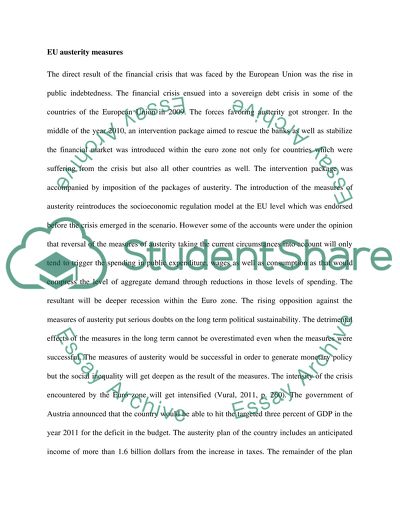Cite this document
(The Global Economy: An Austerity Measure Assignment, n.d.)
The Global Economy: An Austerity Measure Assignment. Retrieved from https://studentshare.org/macro-microeconomics/1452397-the-global-economy
The Global Economy: An Austerity Measure Assignment. Retrieved from https://studentshare.org/macro-microeconomics/1452397-the-global-economy
(The Global Economy: An Austerity Measure Assignment)
The Global Economy: An Austerity Measure Assignment. https://studentshare.org/macro-microeconomics/1452397-the-global-economy.
The Global Economy: An Austerity Measure Assignment. https://studentshare.org/macro-microeconomics/1452397-the-global-economy.
“The Global Economy: An Austerity Measure Assignment”, n.d. https://studentshare.org/macro-microeconomics/1452397-the-global-economy.


